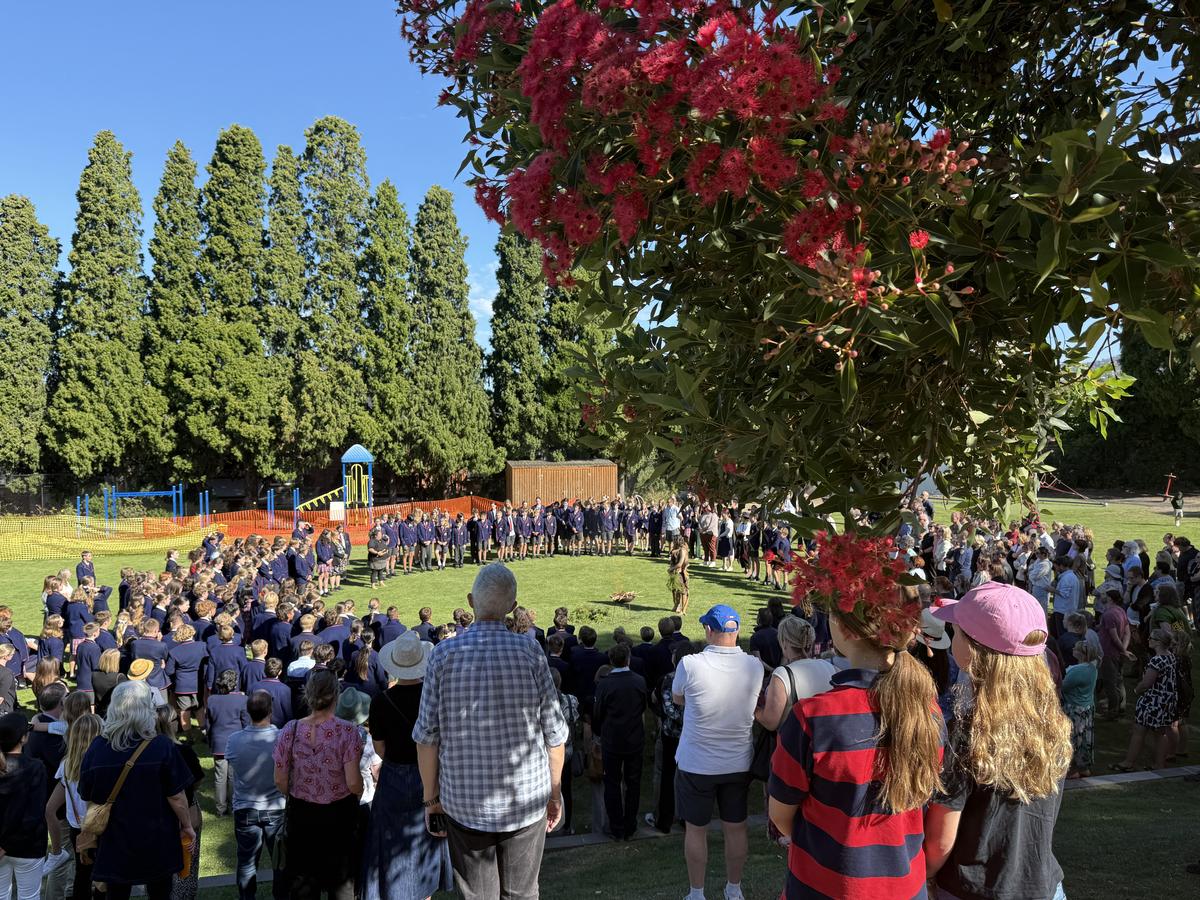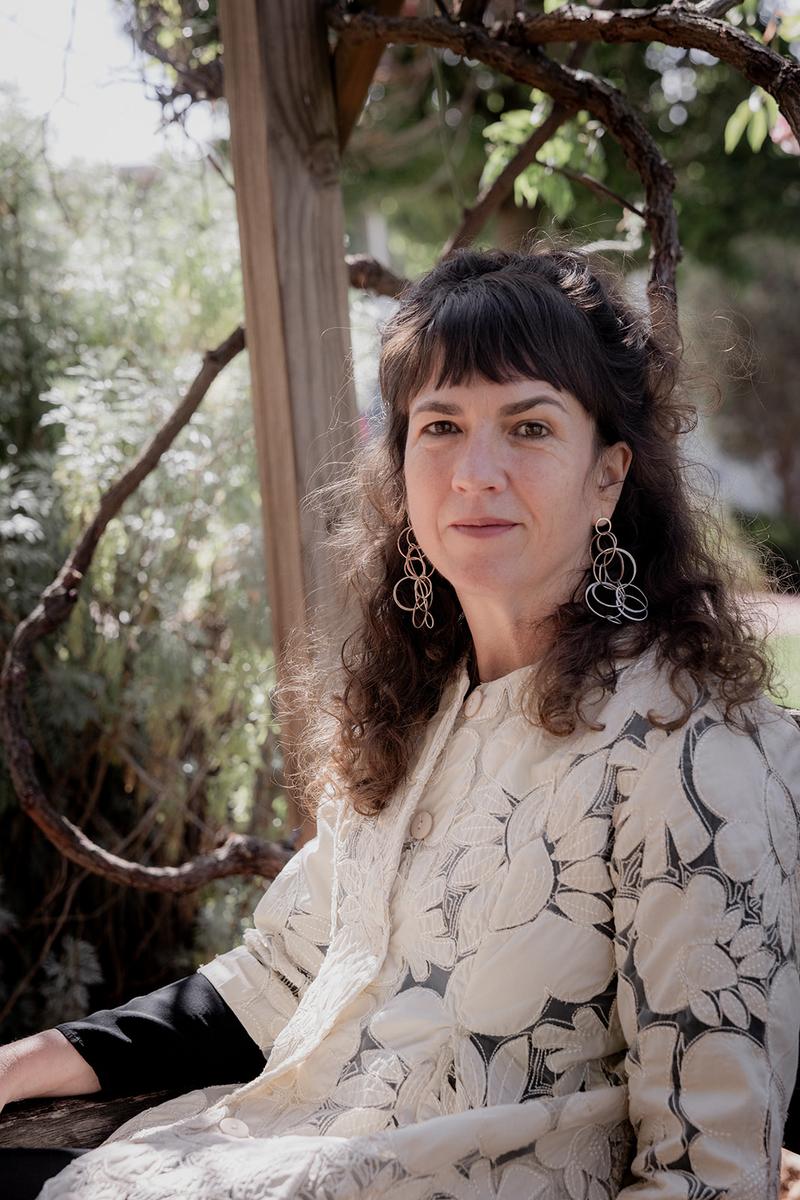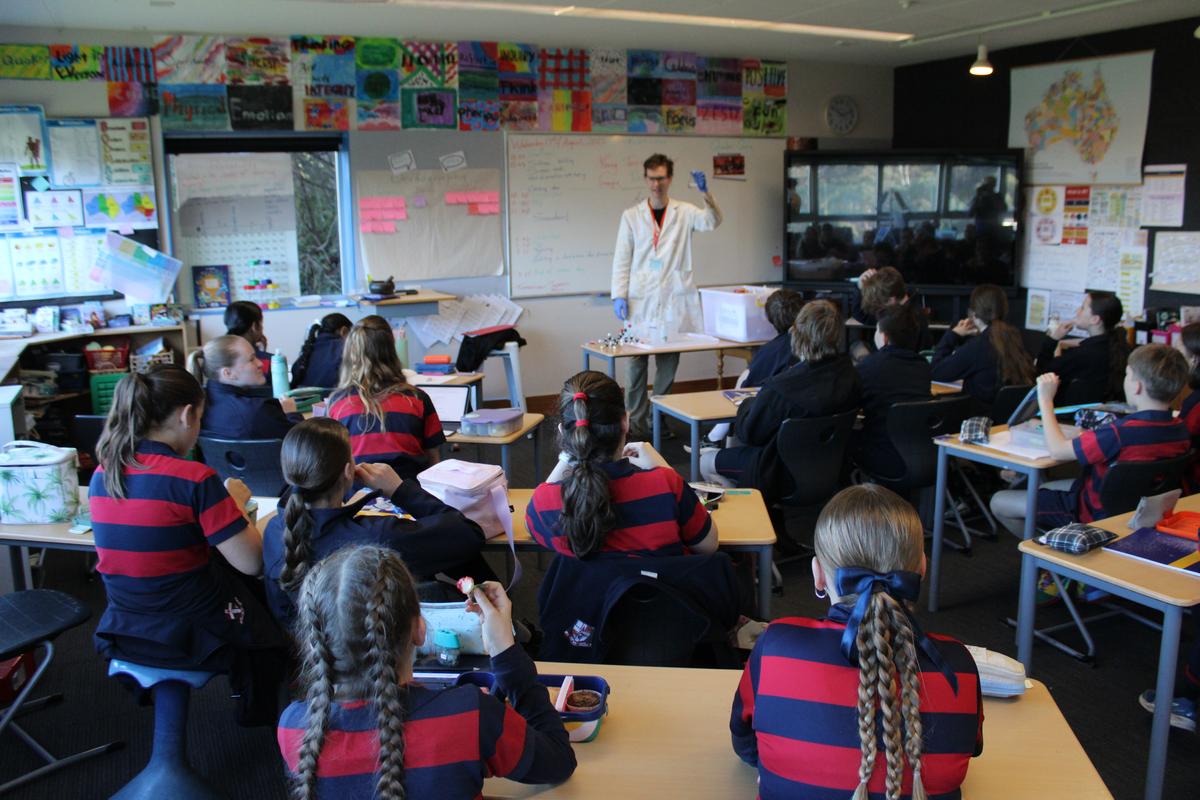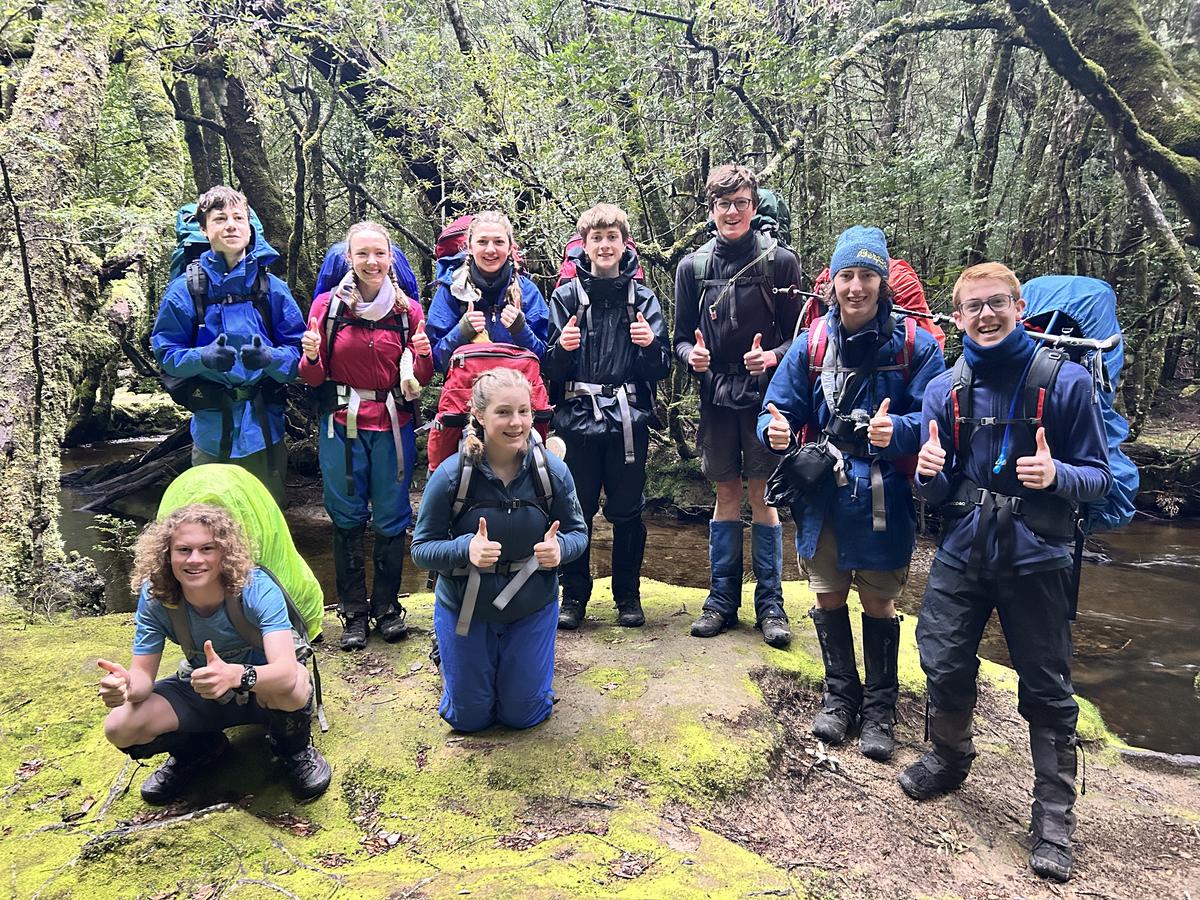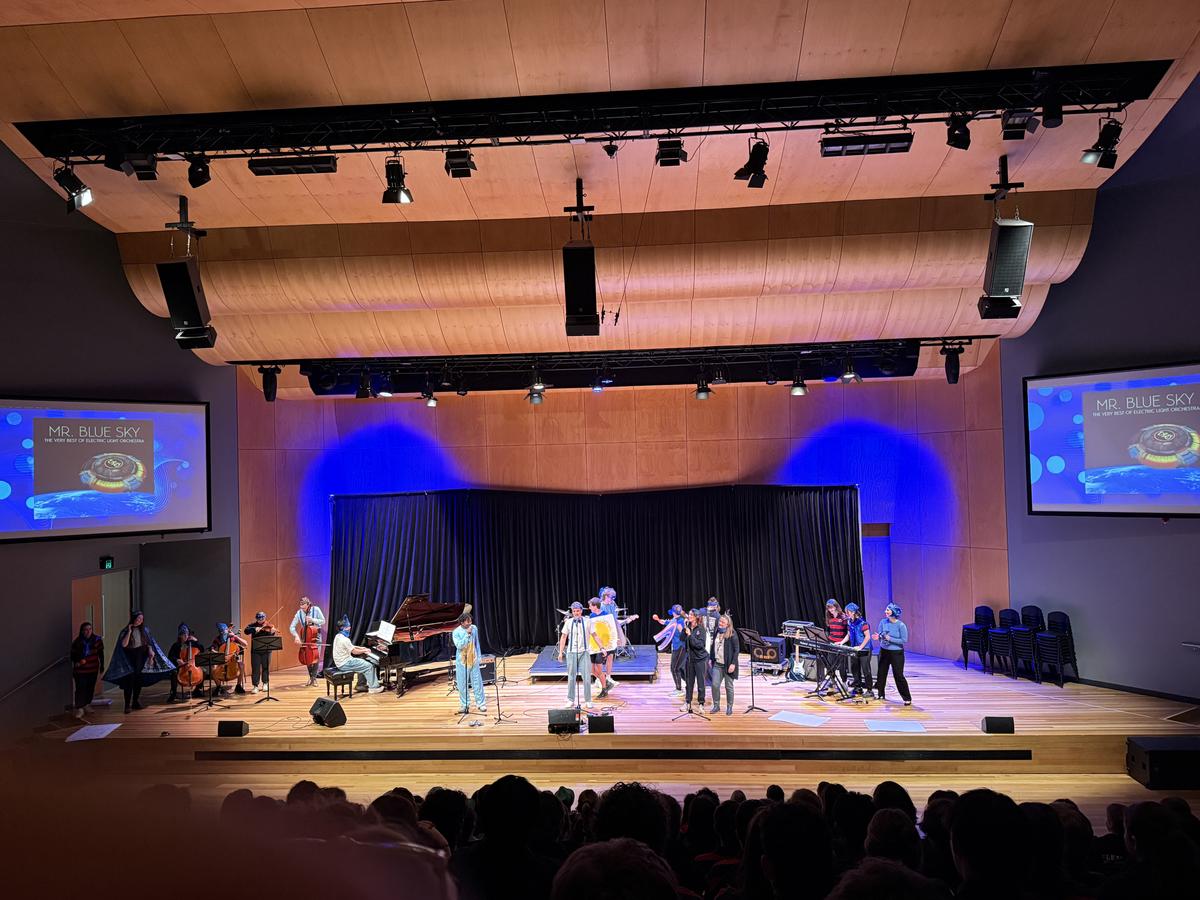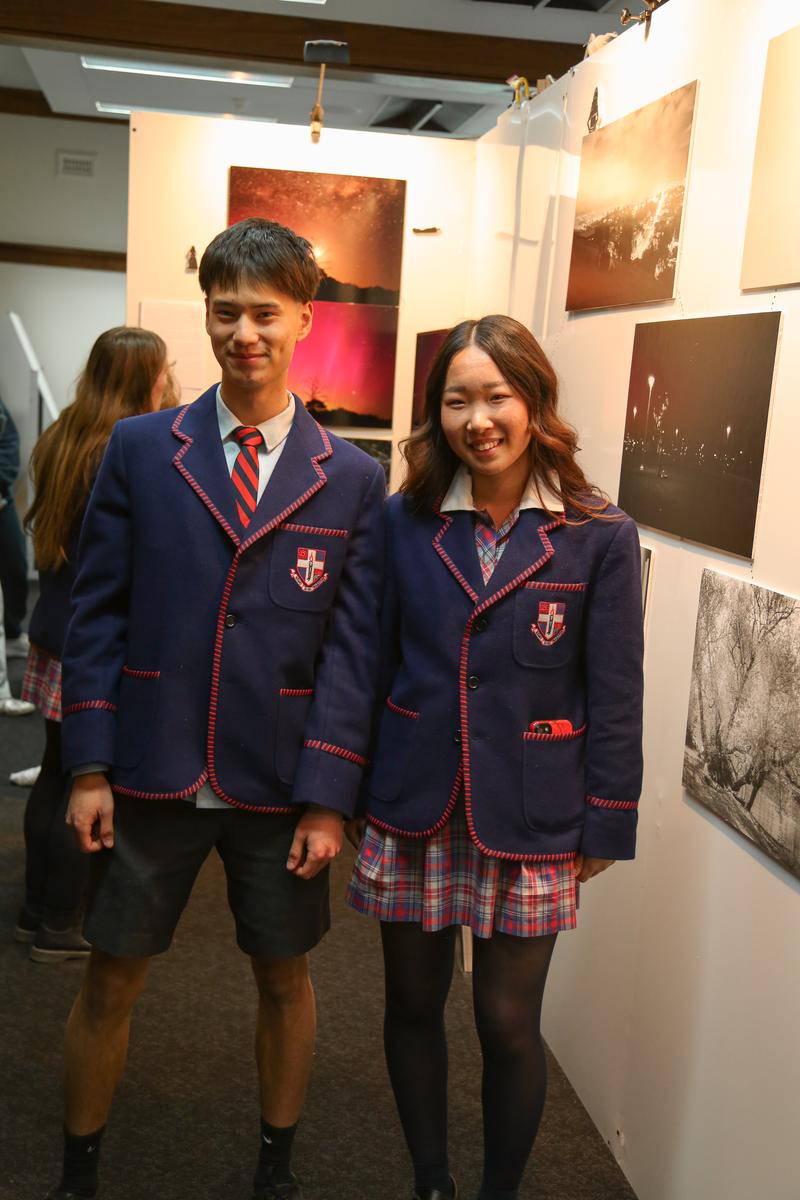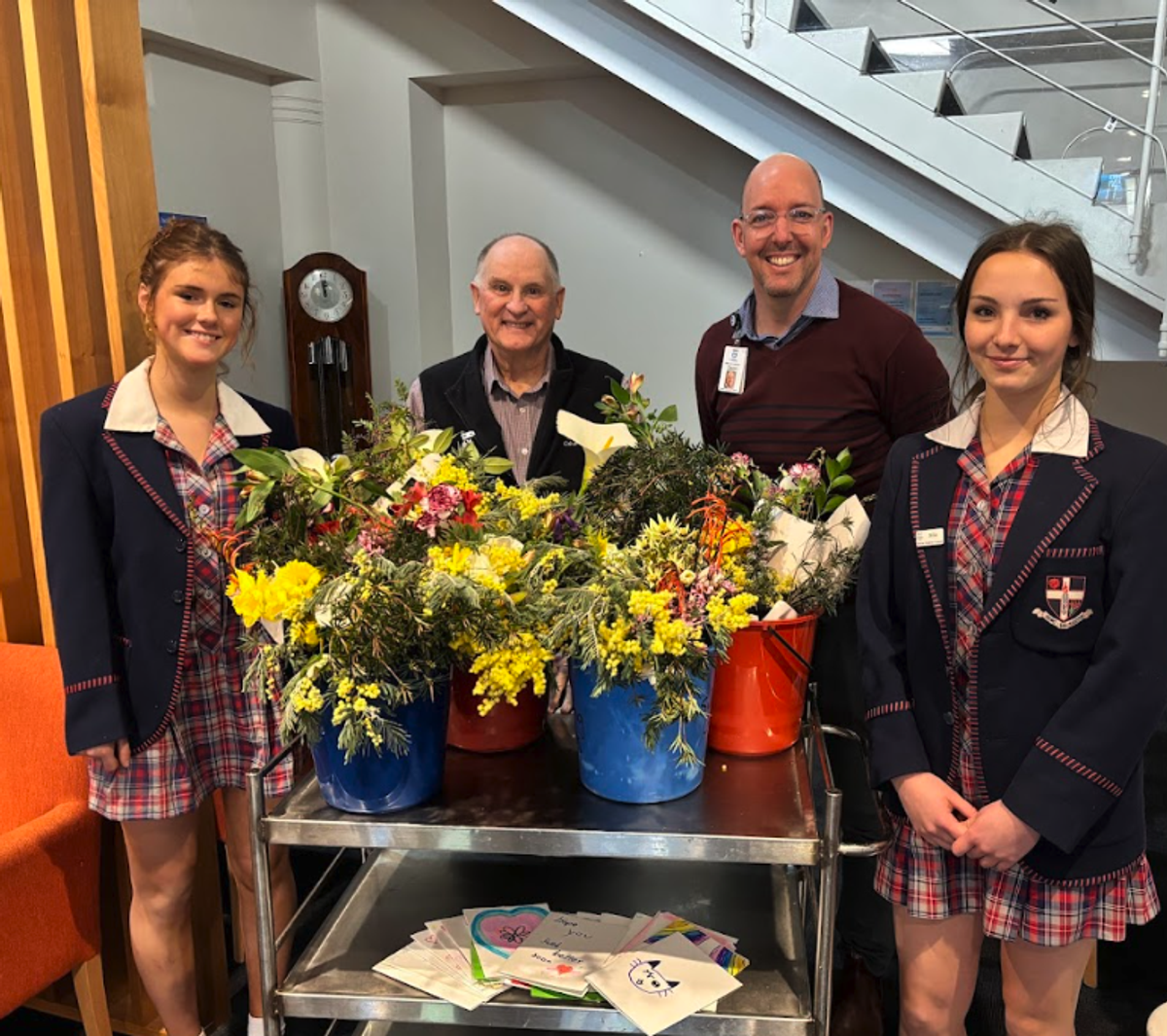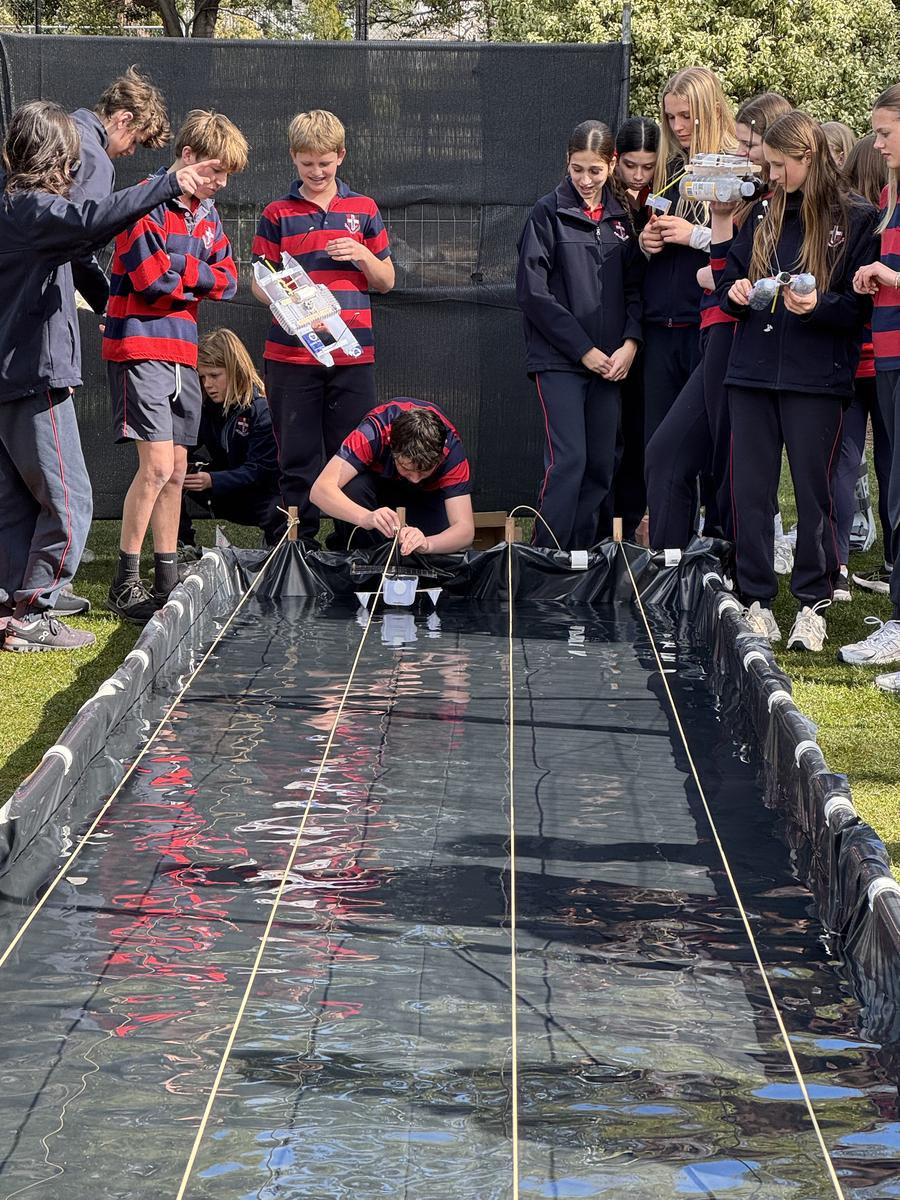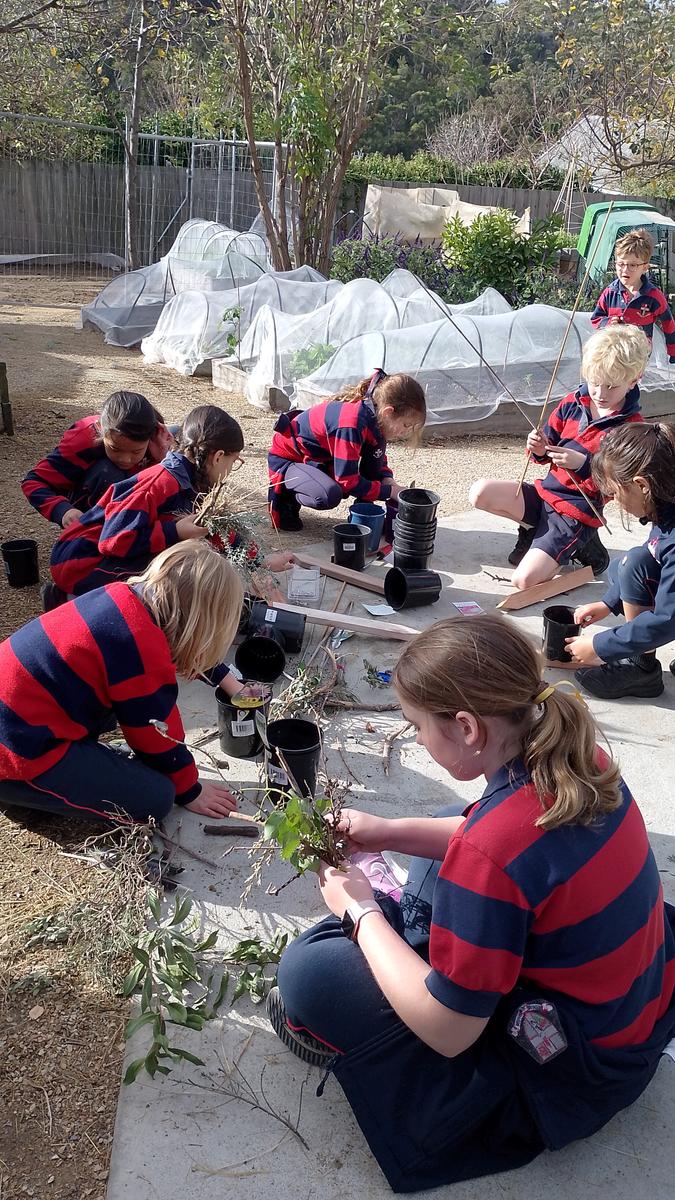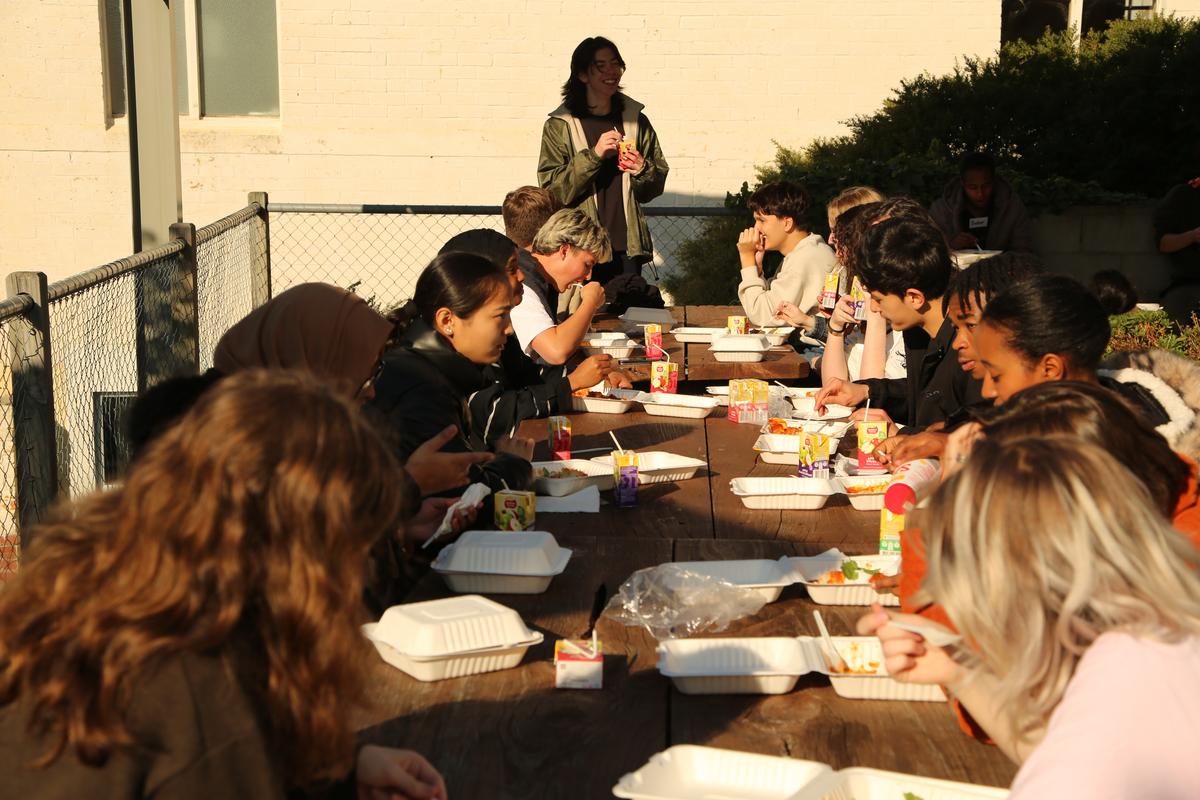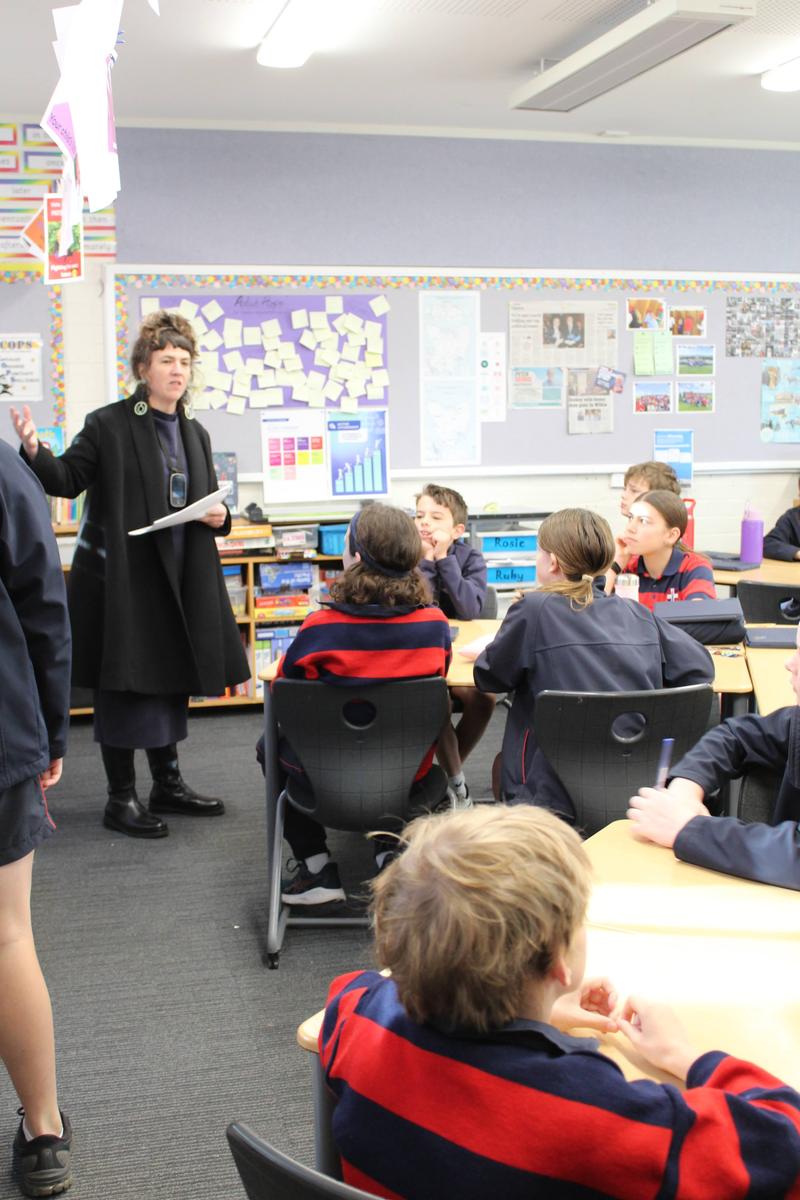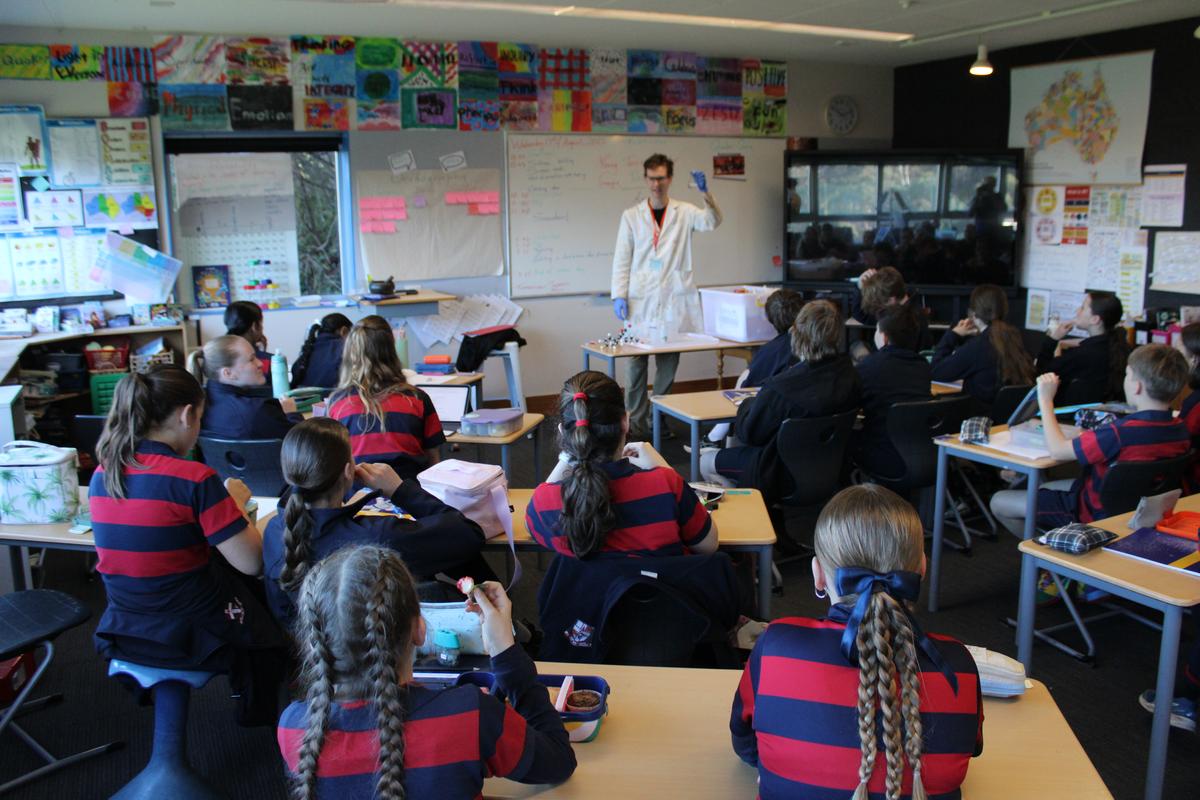Principal's Update

Foundations for Peace: UN and Quaker Voices
As we marked the International Day of Peace on September 21, our school’s theme of Active Hope resonated deeply with our Quaker values. Our recently shared Building a Culture of Peace Statement is not just a document; it is a living expression of our principles in action. Our commitment to peace is grounded in the Quaker testimony that rejects war as a legitimate way to resolve disputes.
As a school, we strive to embody this testimony. The Quaker Declaration to King Charles II in 1660 stated, “We utterly deny all outward wars and strife and fighting with outward weapons, for any end or under any pretence whatsoever.” This foundation continues to guide us as we seek to “live in the virtue of that life and power which takes away the occasion of all wars.” We believe education must empower students to engage with the world critically, compassionately, and courageously.
Active Hope in Practice
Active Hope has been a central theme for the School this year, expressed in many different ways. It is not wishful thinking, but a dynamic practice of taking action to shape the future we wish to see. It is about participating in the creation of peace, rather than waiting for it to happen. This concept, championed by eco-philosopher Joanna Macy, aligns with our mission to help students become courageous and compassionate contributors to a more peaceful world.
As Macy reminds us, “Active hope is a practice... something we do rather than have.” This practice does not depend on optimism; it allows us to act even when circumstances seem bleak. It is about discovering inner strengths, finding reasons for hope, and working with others to bring about change.
This term, our Year 6 students have been exploring science through the lens of Active Hope. Their Inquiry and upcoming Exhibition, “Scientific understanding prompts and enables active hope,” has them investigating how past scientific discoveries have benefited humanity and how future innovation can help build a better world.
Last month, the biennial Peter Underwood Peace and Justice Lecture brought Uncle Rodney Dillon and Thomas Mayo to our school. Their powerful reflections on reconciliation highlighted both the challenges and the opportunities in working toward a more just and peaceful future for First Nations peoples in Australia. Thomas’ recitation of the Uluru Statement from the Heart left a profound impression, offering us all deeper insight into the path forward.
United Nations: Act Now for a Peaceful World
The United Nations’ International Day of Peace consistently calls us to action. The 2026 theme, “Act Now for a Peaceful World,” recognised that fostering peace is both an individual and collective responsibility. This message aligns strongly with our Peace Statement, which encourages students to engage with peace-building in every aspect of life.
This year’s theme of Active Hope inspires our students to take on the role of peace builders in their own lives and communities. We encourage you to discuss these ideas with your children: ask what Active Hope means to them, and what small steps they can take to foster peace—at home, with friends and family, in the community, or online.
By practising Active Hope, we can work together toward a world built on justice and peace, turning our shared vision of a better future into reality.
We hope you enjoyed a meaningful International Day of Peace.
In Friendship
Esther Hill - Principal

